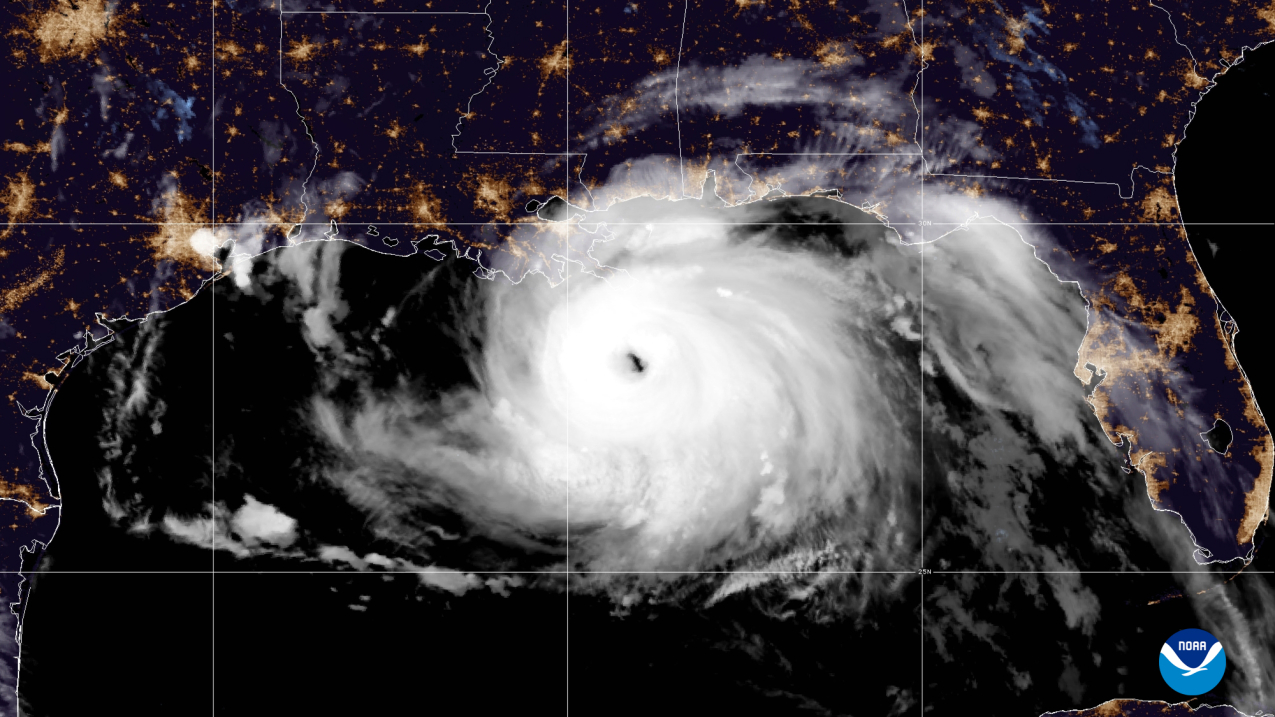

Iota is expected to continue to rapidly intensify and be an extremely dangerous category 4 hurricane when it approaches the coast of Central America on Monday. (The previous record of 28 was set in 2005. The US-based National Hurricane Center (NHC. Iota is the strongest hurricane and 30th named storm of the 2020 Atlantic season, the most since modern record-keeping began.

The next complete advisory with a new track will be on Monday at 4:00 am.ġ. The 31st and final tropical cyclone, 30th named storm, 14th hurricane, and record-tying seventh major hurricane of the record-breaking 2020 Atlantic hurricane season, Iota originated as a tropical wave that moved into the Eastern Caribbean on November 10. Hurricane Iota made landfall in Nicaragua on Monday evening, as the nation and several of its Central American neighbors braced for the storms impact. After Iota moves inland, rapid weakening is expected and the hurricane will likely dissipate over the rugged terrain in Central America in 3 or 4 days. Given the favorable conditions, well-defined structure of the hurricane, and model guidance there is high confidence that significant wind, surge, and rainfall impacts will occur in portions of the hurricane warning area. The storm is moving west at 10 mph and the pressure is now down to 960 mb. Iota exploded into a catastrophic Category 5 hurricane bearing down on remote Central American coastal provinces on Monday, with the regions leaders blaming climate change for the destruction. Iota now has maximum sustained winds of 105 mph with higher wind gusts. A small eye has occasionally appeared in satellite images, and the banding features are well established and it has become fairly symmetric around the center. This year’s Atlantic hurricane season is the busiest on record, with Iota becoming the 30 th named storm and 13 th hurricane so far in 2020.Hurricane Iota continues to gain strength tonight. south, displacing thousands of people and leaving many more dead or missing.ĬNN reported that more than 3.6 million people in Central America were impacted to some degree by Eta. Hurricane Eta, a Category 4 storm at its peak, caused landslides and widespread flooding across Central America and into the U.S. This is the second major hurricane to hit Central America in as many weeks. Two ferocious hurricanes have slammed into Honduras, Nicaragua and other parts of Central America. National Public Radio reported that an estimated 63,500 people in Honduras and 1,500 people in Nicaragua evacuated or relocated ahead of Iota’s landfall. Once it makes landfall, the storm is expected to move west and southwest through Central America. “Iota is expected to continue to rapidly intensify and could possibly be a catastrophic category 5 hurricane when it approaches the coast of Central America tonight,” the latest forecast reads.”Extreme winds and a life-threatening storm surge are expected along portions of the coast of northeastern Nicaragua and eastern Honduras, where a hurricane warning is in effect.” Iota is stronger, based on central pressure, than 2005s Hurricane Katrina and is the first storm with a Greek alphabet name to hit Category 5, Colorado State University hurricane researcher Phil. The storm, which is packing sustained winds of 155 mph, could dump as much as two feet of rain on the area and bring storm surge as high as 15 feet. The storm, which made landfall as a Category 4 hurricane. Landfall from the “extremely dangerous” storm is expected Monday night local time. Hurricane Iota, the second strong hurricane to batter Central America in as many weeks, is running aground in northeastern Nicaragua. The NHC said a hurricane warning is in effect for Honduras, Nicaragua and parts of Colombia. Hurricane Iota is a dangerous category four storm that is expected to dump heavy rains and bring life-threatening surge to Central America, the U.S.

Iota is the 13 th Atlantic hurricane so far this season.The storm is packing sustained winds of 155 mph.Hurricane Iota is expected to make landfall Monday night local time.


 0 kommentar(er)
0 kommentar(er)
